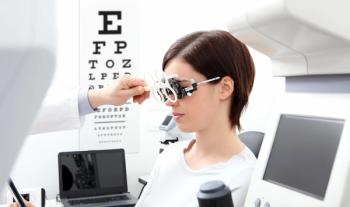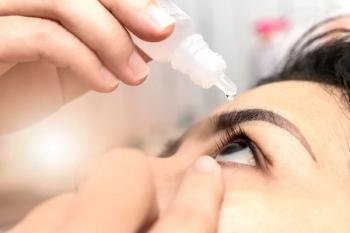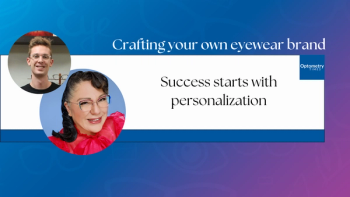
Misight 1 day contact lenses show no rebound effect in children, new data reveals
Myopia control gains are preserved even when patients switch to single vision contact lenses.
Coopervision released new data from the Seven-Year MiSight 1 day contact lens study showing no evidence of a rebound effect in children, meaning myopia control gains are preserved.
According to the company, the MiSight 1 day clinical trial is the longest continuous running study for myopia control. It has shown that the treatment contact lenses can slow down the progression of myopia for up to 6 years.
According to the latest data analysis, the treatment led to a 50% decrease in abnormal axial length growth in all tested ages (8-17).1
Since younger children tend to develop myopia faster than older children, introducing MiSight 1 day at the earliest opportunity can help maximize the cumulative benefit over time.2
For the seventh year of the study, participants were switched to a single vision contact lens to see if they would retain their treatment gains. Myopic progression then occurred at expected age-normal levels, only- not at a hastened “catch up” rate that would offset prior myopia control gains.3,4 This indicates there is no rebound effect.
References
1. Arumugam B, Bradley A, Hammond D, Chamberlain P. Modelling age effects of myopia progression for the MiSight 1 day clinical trial. ARVO. June, 2021. Accessed Nov 3, 2021. https://iovs.arvojournals.org/article.aspx?articleid=2775367
2. Chua SY, Sabanayagam C, Cheung YB, Chia A, Valenzuela RK, Tan D, Wong TY, Cheng CY, Saw SM. Age of onset of myopia predicts risk of high myopia in later childhood in myopic Singapore children. Ophthalmic Physiol Opt. 2016 Jul;36(4):388-94. doi: 10.1111/opo.12305.
3. Chamberlain P, Arumugam B, et al. Myopia Progression on Cessation of Dual-Focus Contact Lens Wear: MiSight 1 day 7-Year Findings. Optom Vis Sci 2021;98:E-abstract 210049
4. Hammond D, Arumugam B, et al. Myopia Control Treatment Gains are Retained after Termination of Dual-focus Contact Lens Wear with No Evidence of a Rebound Effect. Optom Vis Sci 2021;98:E-abstract 215130
Newsletter
Want more insights like this? Subscribe to Optometry Times and get clinical pearls and practice tips delivered straight to your inbox.
















































.png)


